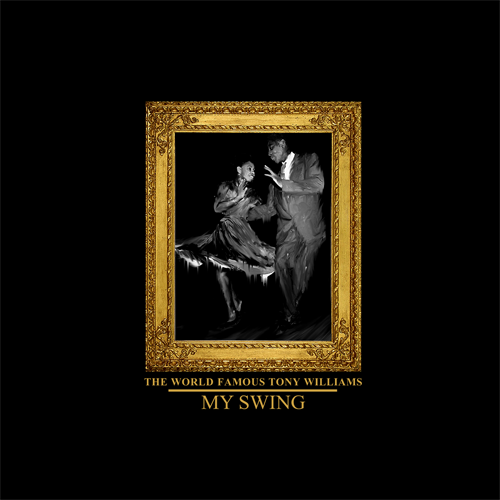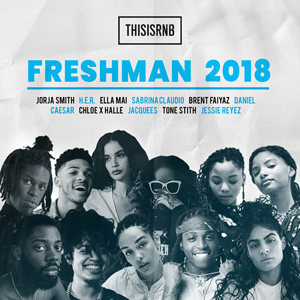Tony Williams has returned to the scene lately, in promotion of the upcoming re-release of his debut album King or The Fool. The soulful singer/songwriter has re-mixed and re-mastered the album, in additional to including some brand new songs.
Today, Tony premieres the official second single off the LP, which will land in stores July 23. The song “My Swing,” is a dedication to the nearly 100-year-old dance style, which was birthed by the African American community in the 1920’s. Tony lets the good days of the past influence the vibe on the groovy bassline led uptempo jam.
Put on your best dancin shoes and two-step to the funky tune below:
Swing dancing began in the 20’s when the noticeably festive African American community (*clears throat), brutha’s and sista’s, refashioned their homeland dances to fit the new music craze sweeping across the country, Big Band Jazz. The dance would take on many names throughout its evolution. Some would refer to it as the Lindy Hop, the name coined by one of the most famous swing dancers in swing dance history, Shorty George, who, while showing off his dance moves at the Savoy in 1927, was asked by a reporter the name of the dance he was doing, looks around and sees a newspaper heading , “Lindy Hops the Atlantic”, referring to the successful flight of the Lindenburgh to Paris, off the cuff gives the dance it’s name, the Lindy Hop.
On March 26, 1926, the Savoy Ballroom opened its doors in New York. The Savoy was an immediate success with its block-long dance floor and a raised double bandstand. Nightly dancing attracted most of the best dancers in the New York area. Stimulated by the presence of great dancers and the best black bands, music at the Savoy was largely Swinging Jazz.
“We” soon would be found dancing the night away on the dance floor alongside some of the world’s most famous jazz legends. By 1934, the dance would reach another historic milestone as famous jazz legend Cab Calloway, introduces a new tune, the Jitterbug that became a hit. The upbeat tempo of the tune was the perfect accompaniment to the energetic dance.
By 1936, the dance made its way from the East Coast to California where Dean Collins, a previous Savoy Ballroom dancer who was heralded in New York as the “ Best Dancer of the Year”, began teaching the dance and adding to it, his own style interpretations. As the craze left from the East and made its way to the West, other regions of the country began adding their own style interpretations as well as changing the backdrop from Ballroom Jazz, to Blues.
Many tried to discount the swing, looking down on it because the dance was not “ sophisticated” and was not being performed by so called trained dancers. That did not stop “us” as they took advantage of the moment clipping their contact information to their backs so that they could be contacted, if one was interested in inquiring about lessons and many caucasians were. As a result, during a time when racism made it difficult for African Americans to earn a living, Lindy Hoppers, Jitter Buggers and Swing Dancers were earning an appreciable living teaching dance. As a matter of fact, it became such a good living in comparison to other menial jobs that dancers tried wilder and wilder stunts to gain more and more attention so that they could be more sought after for their dance instruction.
The dance, throughout the decades, thrived and though its heyday was primarily during the 20’s and 30’s, it survived! Today, you can visit nightclubs, dancehalls and supper clubs and see dancers swinging out in perfect timing to anything from Big Band Jazz, Blues, R&B, Hip Hop and even, Rap. To think, some predicted that the dance would not last beyond the 30’s.
I dedicate this song to keeping this great tradition alive..– The World Famous Tony Williams





